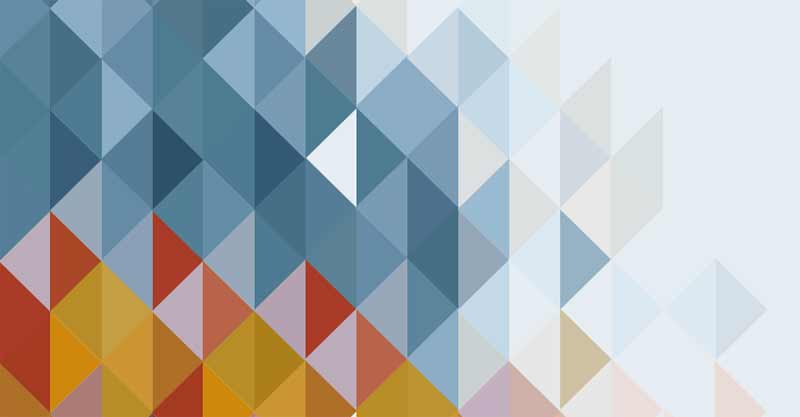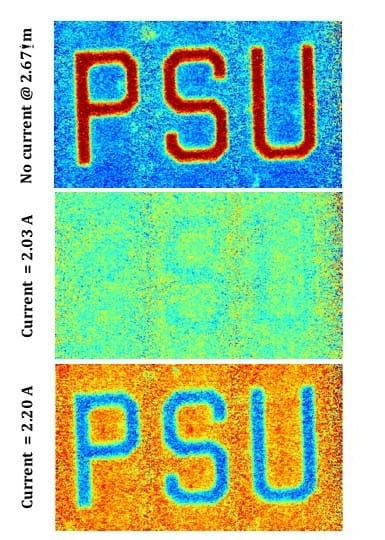
Technology will benefit display companies in manufacturing low cost and light weight 2D/3D convertible displays for mobile applications
Convertible video displays that offer both 2D and 3D imaging without the need of any eyewear offer greater convenience to users who would otherwise have to keep track of yet another accessory. Such autostereoscopic displays have already hit the TV market, but the underlying technology reveals its limitations at close viewing distances. Viewers typically must view these displays from a distance of around one meter (about three feet), eliminating any practical applicability to the smaller screens of mobile devices.
Researchers at Seoul National University, South Korea, however, have developed a new method of making these convertible displays that not only achieved near-viewing capabilities, but also simplified and shrank the architecture of the technology. In a paper published this week in the journal Optics Express, from The Optical Society (OSA), researchers describe their novel design.
For eyewear-free displays, the only action is behind the screen where the images’ pixels and optics are layered together to produce the stereoscopic effect. The two primary ways of producing these optically illusive effects are by using either an array of micro-lenses, called lenticular lenses, or an array of micro-filters, called parallax barriers, in front of the image to make its appearance depend on the angle at which it is being seen.
The simplest example of this effect is found on a movie poster whose image appears to change as you walk by. Two (or more) images are interlaced and printed behind a plastic layer with grooves matching the interlaced pattern. The grooves act as distinct, interlaced arrays of lenses or filters, revealing one image as you approach the poster and another as you depart, viewing the same poster from a different angle.
In the case of 2D/3D convertible screens, these layers are active, meaning they can be (electronically) switched on or off. The gap distance between the image layer and the barrier layer is a key determinant of the viewing distance. Closer stacking of these layers together allows for a closer viewing distance.
In their paper, Sin-Doo Lee, a professor of electrical engineering at Seoul National University, and his colleagues describe a monolithic structure that effectively combines the active parallax barrier, a polarizing sheet and an image layer into a single panel. Instead of two separate image and barrier panels, they use a polarizing interlayer with the image layer in direct contact with one side of the interlayer, while the active parallax barrier of a liquid crystal layer is formed on the other side as an array of periodically patterned indium-tin-oxide (ITO) electrodes.
The use of this interlayer allows the minimum separation of the image and barrier layers, thus providing the short viewing distance required for the smaller screens of mobile devices.
“The polarizing interlayer approach here will allow high resolution together with design flexibility of the displays, and will be applicable for fabricating other types of displays such as viewing-angle switchable devices,” Lee said. “Our technology will definitely benefit display companies in manufacturing low cost and light weight 2D/3D convertible displays for mobile applications. Under mobile environments, the weight is one of the important factors.”
This concept not only applies to LC-based 2D/3D displays, but also to OLED-based 2D/3D displays, offering application to a broad range of present and future device designs.
Learn more: Researchers Bring Eyewear-Free 3D Capabilities to Small Screen
The Latest on: 2D/3D convertible displays
[google_news title=”” keyword=”2D/3D convertible displays” num_posts=”10″ blurb_length=”0″ show_thumb=”left”]
via Google News
The Latest on: 2D/3D convertible displays
- Best laptops under $500 in 2024: Best overall, best OLED laptop, and moreon April 29, 2024 at 9:38 am
If you’re in the market for an inexpensive laptop for day-to-day tasks, you’re in luck. We’ve got a list of our top picks below. That said, it’s important to be smart about your choices. Although you ...
- Advancing real-time 3D holographic display: A breakthrough in computer-generated holographyon April 8, 2024 at 1:59 pm
Full-color holographic near-eye display employs an eyepiece lens to magnify 3D images, which are then recorded by adjusting the focus of the camera lens. A fast hologram is then generated using a ...
- Computer-Generated Phase-Only Holograms for 3D Displayson March 12, 2024 at 9:42 am
Shi, Kuo and Zhang, Gongjian 2022. Design and Application of Phase-Only Diffractive Optical Element Based on Non-Iterative Method. Photonics, Vol. 9, Issue. 11, p ...
- Used 2013 BMW 3 Series Convertible 2D 328i Optionson April 19, 2023 at 3:31 pm
Standard equipment includes the features that come with this vehicle. Select Your Options Choose options to include in this vehicle value. For the most accurate pricing and values on new or used ...
- 2D and 3D shapeson March 11, 2023 at 4:55 am
curved lines and 2D shapes. Circles and other shapes Find out about shapes with curved sides and how to group them. What are 3D shapes? Learn about 3D shapes and their properties. Properties of 3D ...
- Used 2011 BMW 3 Series Convertible 2D 335i Optionson January 4, 2023 at 3:28 pm
Standard equipment includes the features that come with this vehicle. Select Your Options Choose options to include in this vehicle value. For the most accurate pricing and values on new or used ...
- 2008 Dodge Avenger Reviewon June 9, 2022 at 4:25 am
The Avenger chassis shared with the Sebring was designed from the beginning for a convertible ... plus photos to display on the navigation screen. The nav system features 2D or 3D display, and ...
- Advanced 2D+3D Noise Reduction Coreon February 17, 2021 at 12:28 am
ASICFPGA Advanced 2D+3D Noise Reduction Core: Noise reduction is a key issue in any camera system to improve the visual appearance of the images. As the light level decreases, the noise level ...
- 2D and 3D shapeson August 16, 2020 at 11:21 pm
Find out more about symmetrical 2D shapes. What are 3D shapes? Learn about 3D shapes and their properties. Properties of 3D shapes Learn about faces, edges and vertices.
via Bing News










